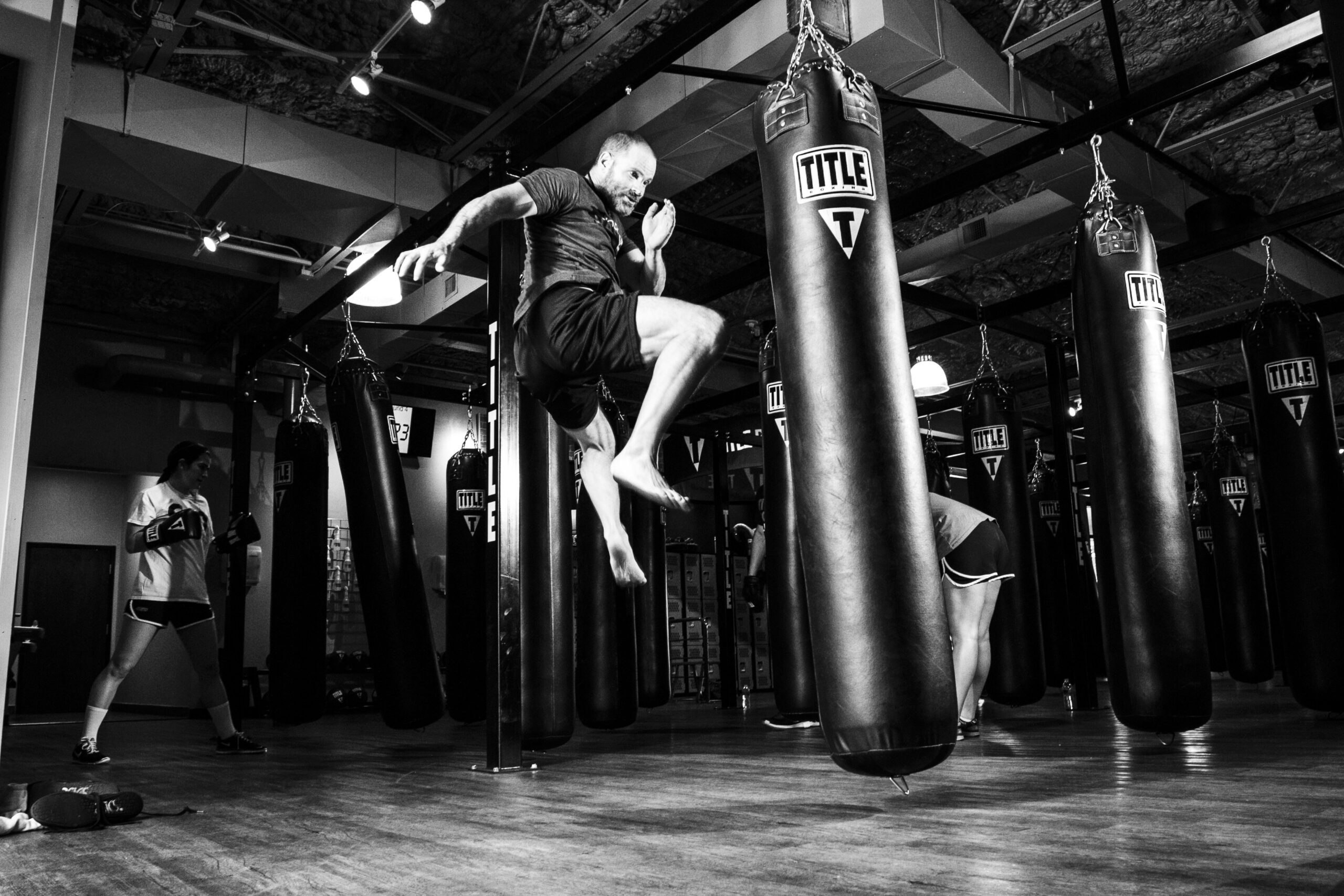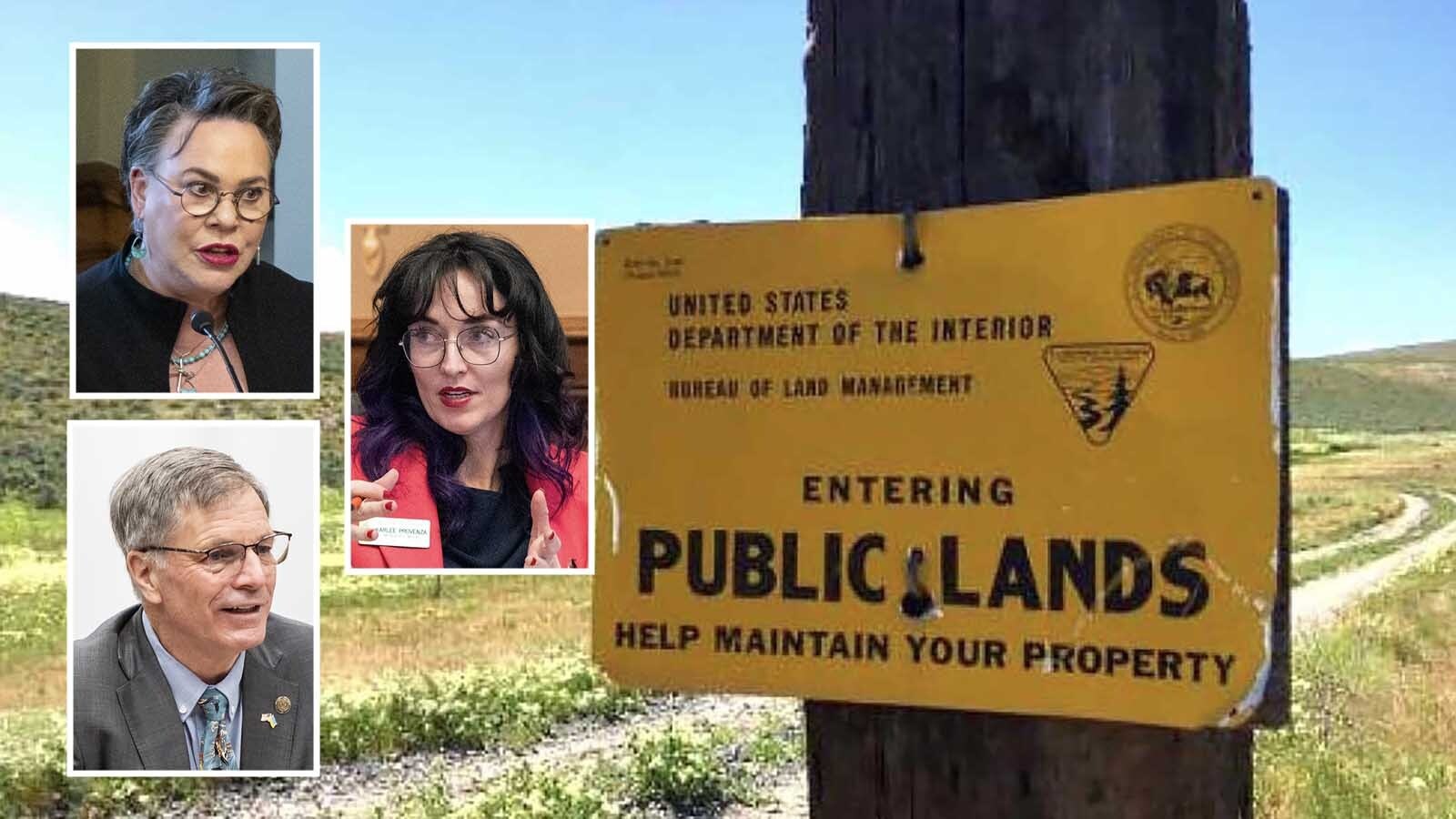Seven years after creating the nation’s first Board of Mixed Martial Arts, Wyoming is still grappling to stay ahead in the evolving world of combative sports.
“We were the first state to regulate and sanction bare-knuckle fighting,” MMA Board Chairman Bryan Pedersen said, explaining the fighting style was sanctioned in 2018. “It was legal before, but there was no regulatory body. Now, everyone’s doing it. But somebody had to be first, and I’m proud it was Wyoming.”
But, like the fighters it was created to protect, the MMA board has to roll with punches, especially when they hit below the budget belt.
Carbon extraction not only drives the state’s economy, but it attracts combative sports most active demographic — people between the ages of 18 and 25.
“In 2015, they started capping (oil and gas) wells,” Pedersen said. “For 16 months, we didn’t have one event, because you had an exodus of fans and combatants.”
The board’s budget is funded entirely by license fees, event permits and gate-fee percentages, he explained.
“We believe we can do our job with no additional funds from the general fund,” Pedersen said. “If this thing ever runs out of money, it auto-collapses.”
Knocking out the books
An MMA fighter, financial adviser and former state representative, Pedersen sponsored the bill to create the board in 2012. As a member of the state’s Revenue Committee at the time, however, he said he wanted to make sure the board could be self-sufficient, so he added language to the proposal that forced it to collapse if its bank account ran dry.
“I’d seen enough of people coming to the Legislature asking for money,” he recalled. “I wanted to make sure that was never this.”
Without a physical location or salaried staff, keeping the board in the black seems like it would be easy even during the slow years, but Pedersen said the devil is in the details.
“We pay the Department of Administration and Information to keep tabs on our account,” he explained. “So, during that down period when nothing was going on, we were paying them to tell us nothing was going on.”
According to information provided by the State Auditor’s Office, the board spent about $2,300 in 2016 and approximately $2,500 in 2017.
“We nearly ran out of money,” Pedersen said. “At one point, I bought six t-shirts from the board for $2,000 just so we could pay (the Department of Administration and Information). Then, oil came back, and now, we’re having more events.”
After regulating bare-knuckle boxing in 2018, the board’s expenditures more than tripled to nearly $9,000, before dropping back to about $6,000 so far in 2019. Pedersen said after Wyoming sanctioned bare-knuckle fighting, other states followed suit, decreasing the board’s income because of a lack of events.
“We only receive income from fighters’ licenses, promoters’ licenses, event permits and 5 percent of the gate fee,” Pedersen said. “We spend our money on training for officials and our at-will employees as needed.”
The board lists two at-will employees on its website: Board Representative Nick Meeker and Jeremy Arneson, an executive assistant.
To ensure adherence to the board’s regulations, one representative is paid to attend each event. An at-will employee is also paid to attend board meetings and perform administrative duties. Since 2014, the board has permitted 28 events, most of which were MMA bouts, Pedersen said. He did not provide data for events prior to 2014.At-will employees are paid fixed rates for specific services, but not the commissioners.
“No commissioner takes compensation of any kind,” Pedersen said.
The board has also banked $10,000 to settle any disputes over contested match outcomes, he added.
‘Above and beyond’
BYB Extreme promoter Mike Vazquez said his company presented data about bare-knuckle fighting compared to traditional boxing across the nation before finding an open ear in Wyoming.
“We went around the country showing data we collected, and the crazy thing is — everywhere we went, they agreed with us,” Vazquez said. “But, (Pedersen) and his group were really the first to act on the data.”
In a traditional boxing match, about 700 punches are thrown, more than half land and landed shots are typically to the head, he explained.
“With bare-knuckle boxing, our rounds are shorter and there’s less of them,” Vazquez said. “Our fighters don’t have gloves, so they don’t throw a lot of shots to the head.”
During a typical bare-knuckle fight, he said less than a hundred punches are thrown, fewer connect and less than half land on the head, he said.
“Having Wyoming take that step has now let other states take the step,” Vazquez said. “We’ve seen at least five other states regulate the sport, and I’ve heard several others are in the works.”
BYB Extreme hosted a bare-knuckle event at the Cheyenne Ice and Event Center in April.
“Wyoming was great, the people were so welcoming,” Vazquez said. “We stayed at the haunted hotel there – the Plains Hotel — and the MMA Board was fantastic to work with. They went above and beyond.”
Despite the number of notches in its belt already, the board has big plans ahead, Pedersen said.
“We have a huge drive from promoters and fighters to regulate boxing,” he said. “They want to legitimize their bouts, because if a person fights in an unsanctioned bout, it doesn’t count.”
While the MMA board regulates MMA, kick boxing and bare-knuckle boxing, traditional boxing is not currently in its purview.
“Right now, a commission is coming from Kansas and regulating a few bouts,” Pedersen said. “The Association of Boxing Commissions (ABC), the governing body of boxing and MMA nationwide, permits sanctioning bodies to regulate interstate.”
In order for boxers’ fights to count toward their official record, ABC requires them to be licensed by their home state, he explained.
“We don’t have licensure body,” Pedersen said. “All these guys that are out there putting in the blood, sweat and tears cannot get a license.”
The board plans to pursue authority to issue licenses to Wyoming fighters utilizing its current funding method, which would require no additional funds from the state, he said.
“We do this out of a passion for the sport,” Pedersen said about his service on the board. “I love Wyoming, and I’m not going anywhere. I hope to be doing this for a long time to come.”





